How to Compost
Excerpt from the Organic Book of Compost, 2nd Edition by Pauline Pears
Composting makes the world go round. It recycles the nutrients that make plants (and animals) grow, feeds the bugs that keep the soil healthy and is a sustainable, low-cost way of dealing with “rubbish that rots.” And it can be fun too.
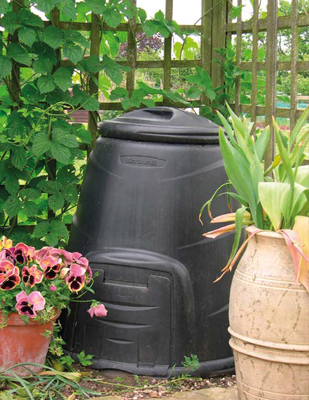 It is possible to make your own compost bin from a number of materials. Inside the Organic Book of Compost, you will find several detailed suggestions. Perhaps the easiest to make is the large plastic dustbin composter – simply cut off the bottom of a large dustbin, turn it upside down and use the lid as a cover for your composter.
It is possible to make your own compost bin from a number of materials. Inside the Organic Book of Compost, you will find several detailed suggestions. Perhaps the easiest to make is the large plastic dustbin composter – simply cut off the bottom of a large dustbin, turn it upside down and use the lid as a cover for your composter.
If you ask five people for advice on the “right” or “best” way to make compost, you are likely to get five different answers. There are many ways of making compost. The best one for you is the method that suits your lifestyle, the time you want to spend on composting, how quickly you want to produce compost, and, most importantly, what sorts of materials you have available from which to make your compost. The flow chart below aims to help you make these decisions, starting from the ingredients that you want to compost.
Organic Book of Compost, 2nd Edition
Grow beautiful garden plants with rich soil you produce yourself! Written in clear and simple terms, understand everything you need to know about compost, how it works, and how you can make it and use it! Whether you have a large backyard, a small garden space, or only a balcony, composting can be customized to fit you and your lifestyle.
Fun Things to carve from Wood
Author Tom Hindes demonstrates his easy-to-learn, quick-cut method for whittling expressive little figures from wood in just 20 minutes or less. With his friendly instructions and step-by-step photos, you’ll learn to carve an endless array of charming wizards, gnomes, gargoyles, ornaments, dogs, leprechauns, and more.
18 Step-by-step whittling projects
Now available in a handsome new hardcover gift edition, this friendly guidebook features 18 step-by-step whittling projects for knives, forks, birds, animals, trees, flowers, and more.
whittling special edition magazine
This special edition of Whittling is the ultimate beginner’s guide! Start a hobby that’s simple yet satisfying for all ages by completing over 30 step-by-step projects. Providing opening articles on how to get started, you’ll learn safety tips, the basics of sharpening, the four basic knife cuts, how to teach kids to whittle, and more.
Four quick & Easy characters to carve & Paint
Learn to whittle four little friends! Featuring step-by-step instructions, coordinating photography, and full-size patterns for a snail, bear, troll, and penguin, author and talented woodcarver Sara Barraclough will guide you through each adorable whittling project.
What to Compost
What you regard as kitchen and garden “waste” is considered a good meal by the creatures that make compost. Tender young materials, such as grass clippings, kitchen waste and young weeds provide nitrogen and speed the process along. These are known as “greens” in compost-speak. At the other end of the scale are “browns” – tougher items such as older plant material and cardboard. Slower to decompose, these give the heap structure, maintain air pockets, and give body to the end product, compost. Many things you compost will be somewhere between the two, known as “green/browns.” If you fill your compost bin with roughly equal amounts of “green” and “brown” materials, all should be well and the result should be good-quality compost. Inside the Organic Book of Compost, you can find a full list of materials that can be composted.
WHAT IS NEEDED for effective composting
Raw Materials
Tender young materials, such as grass clippings, kitchen waste, and young weeds provide nitrogen and speed the process along.
DIY GARDEN STAKE: Free Summer Scroll Saw Patterns
The season for gardening is upon us! There is no better way to welcome the warmer weather than with a family activity, gardening. The anticipation that gloomed over our garden patches throughout the gloomy winter weather is long gone as we excitedly await the...
Mother’s Day Gift Guide
April 23rd, 2024 2:30 PMDO YOU HAVE MOMS PRESENT YET? Mother's Day is fast approaching. With only a couple of weeks to go, it'll be here sooner than you think. Most people can agree that buying a heartfelt gift that their mom will love can be a daunting task. Since...
Talk Herbs with Author Kim Roman
Author Kim Roman to Speak at Maryland Home & Garden Show Author Kim Roman is set to take the stage this Saturday, March 2nd at the Maryland Home & Garden + Craft Show! She will be speaking about her upcoming book, Growing Herbs for Health, Wellness, Cooking,...
Get Exclusive Email Offers And Receive 15% OFF On Your First Book Order!

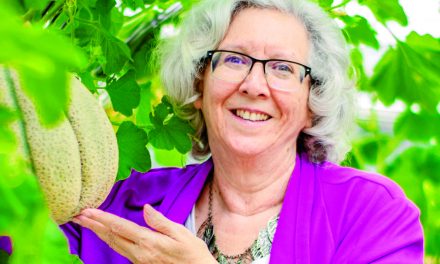
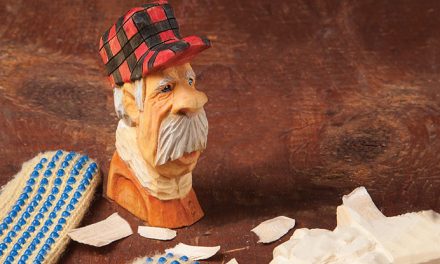
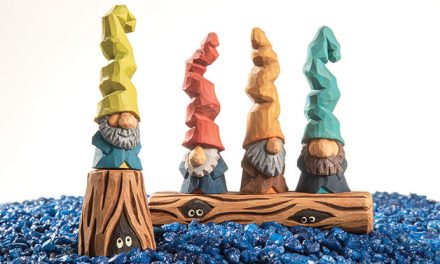
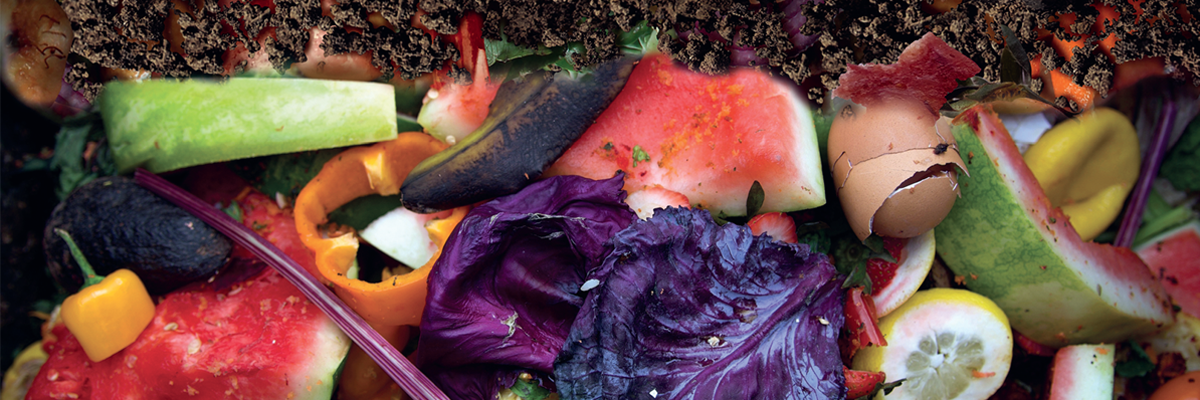
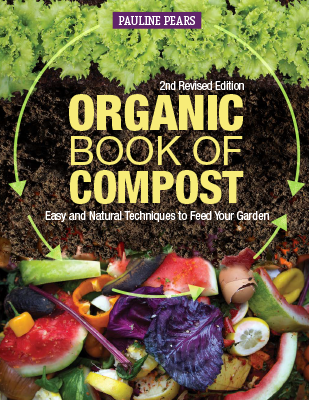
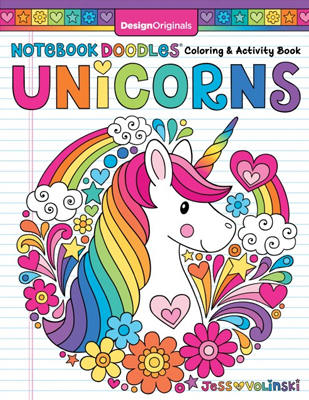
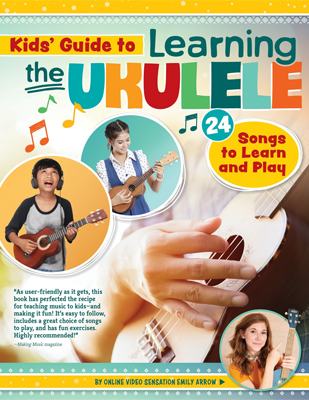
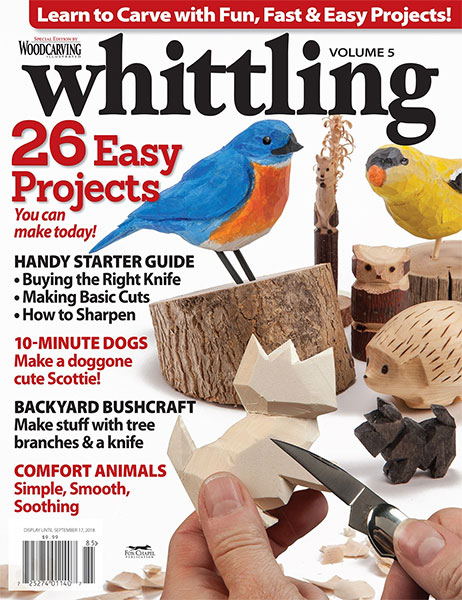
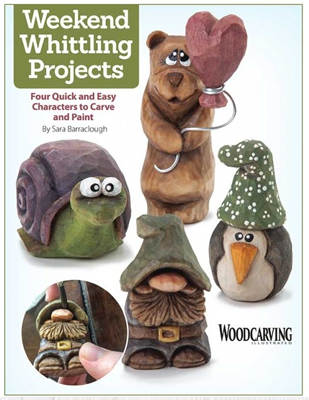
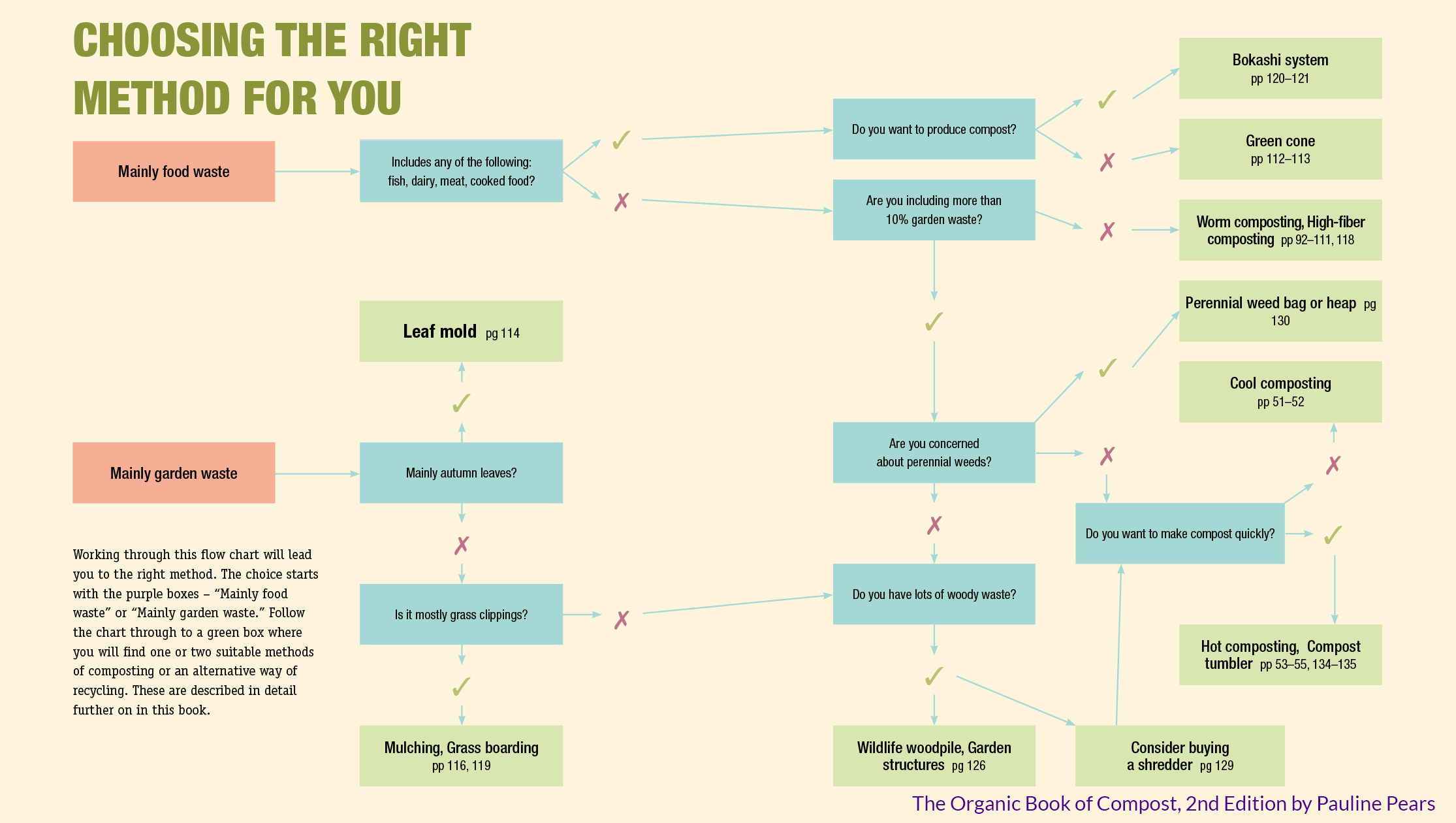

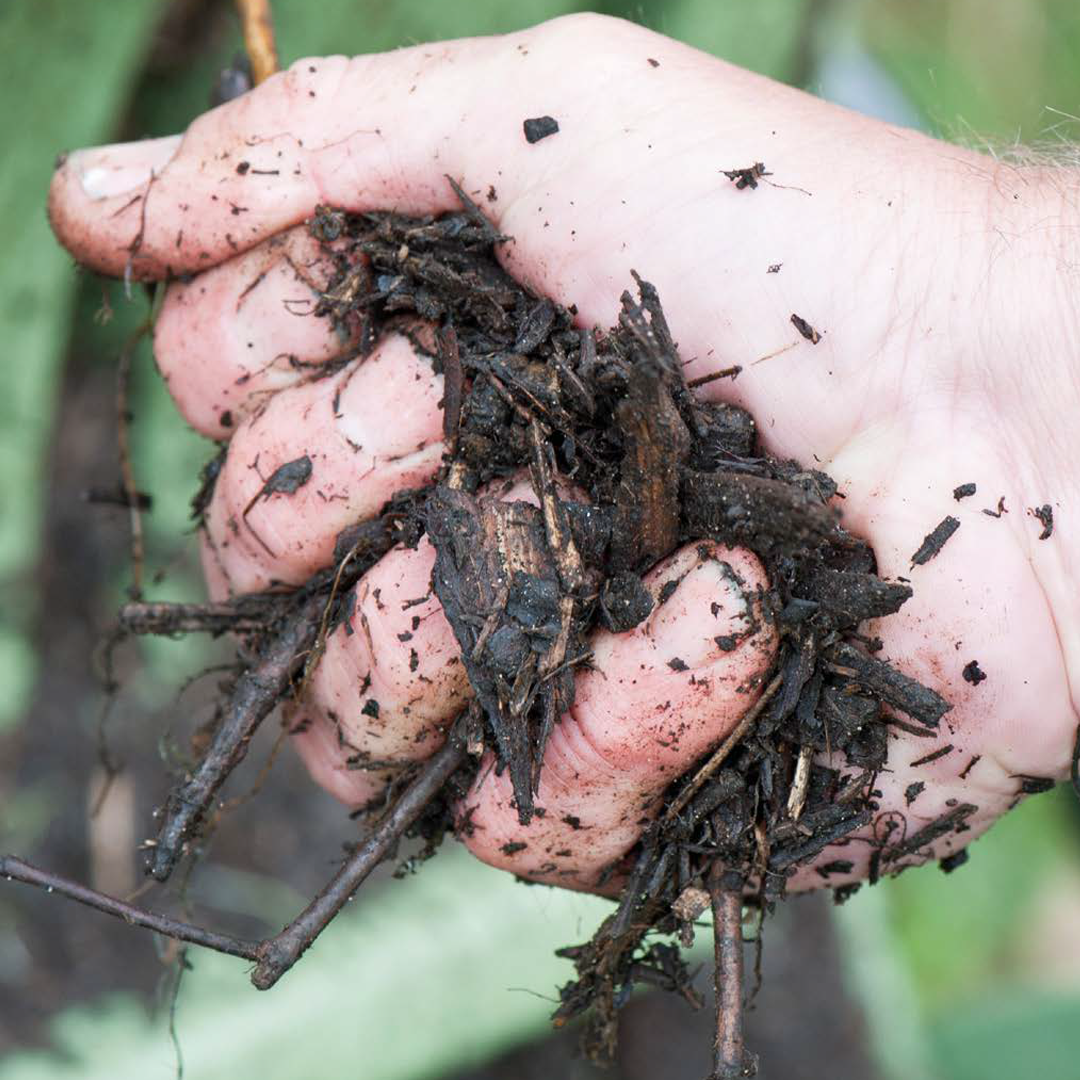
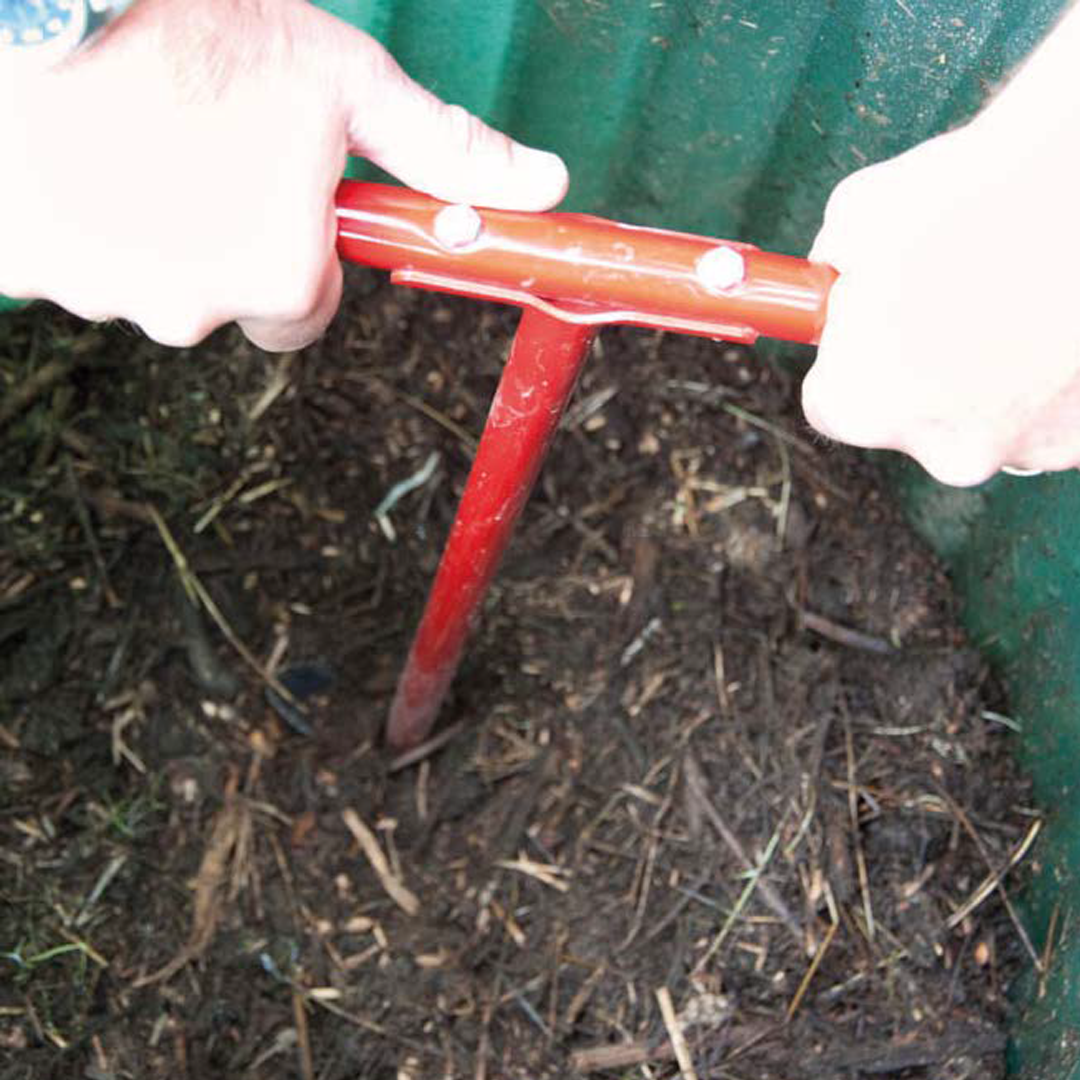
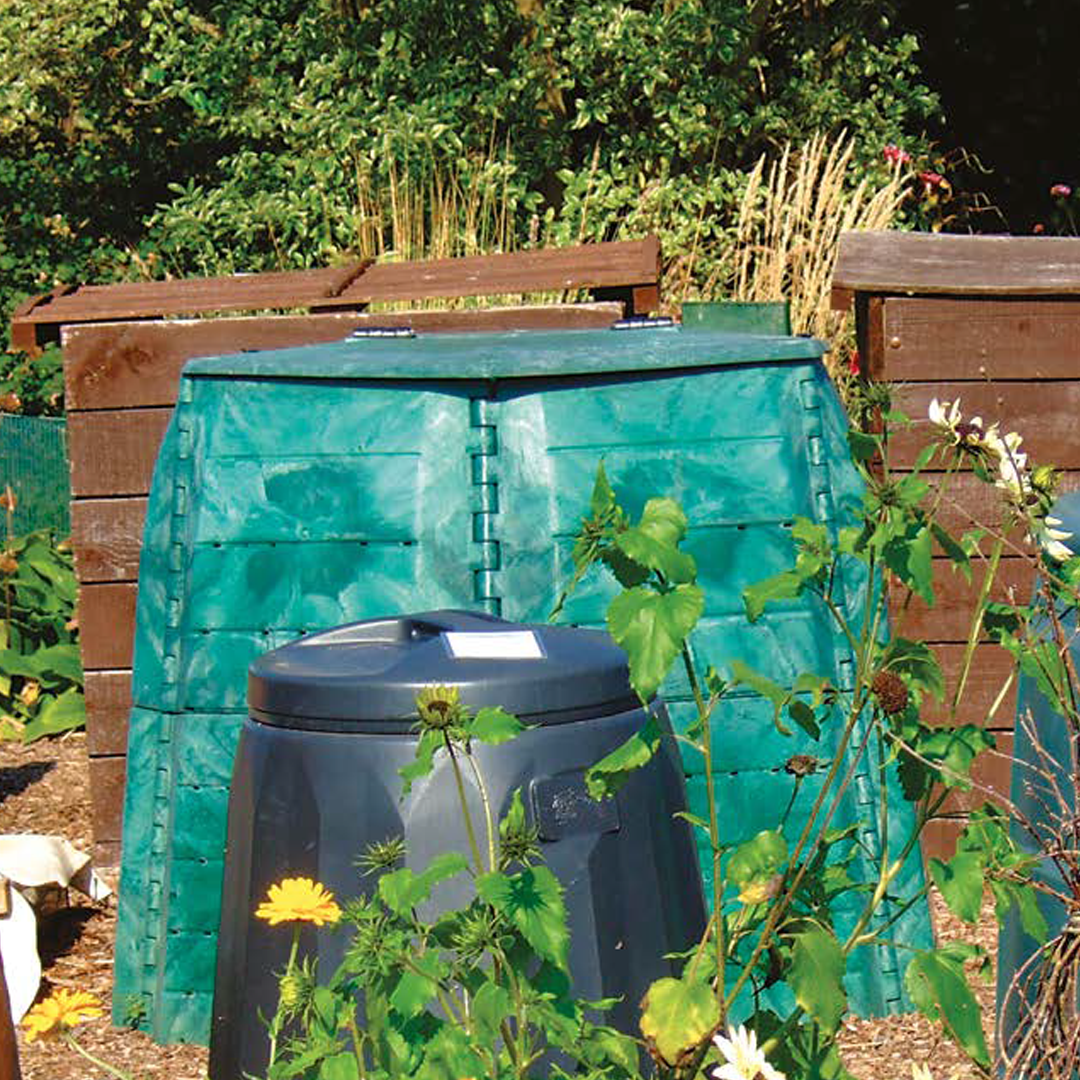
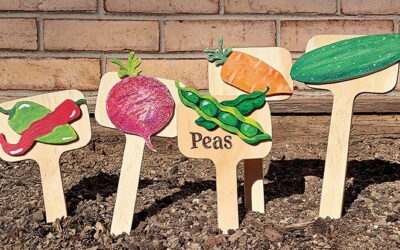

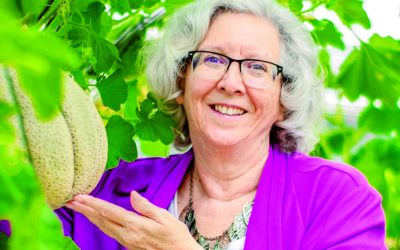
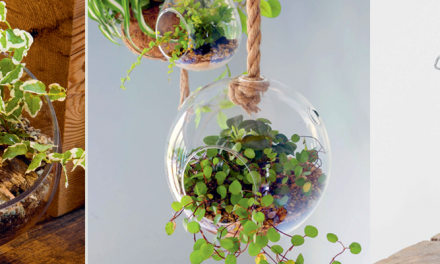
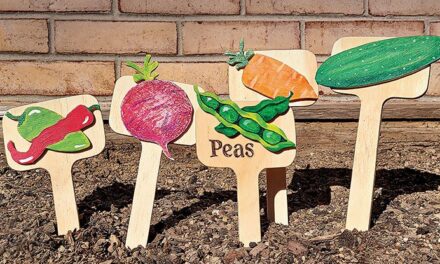

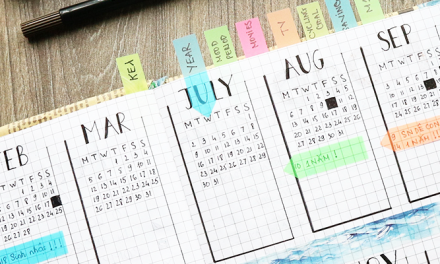
Recent Comments